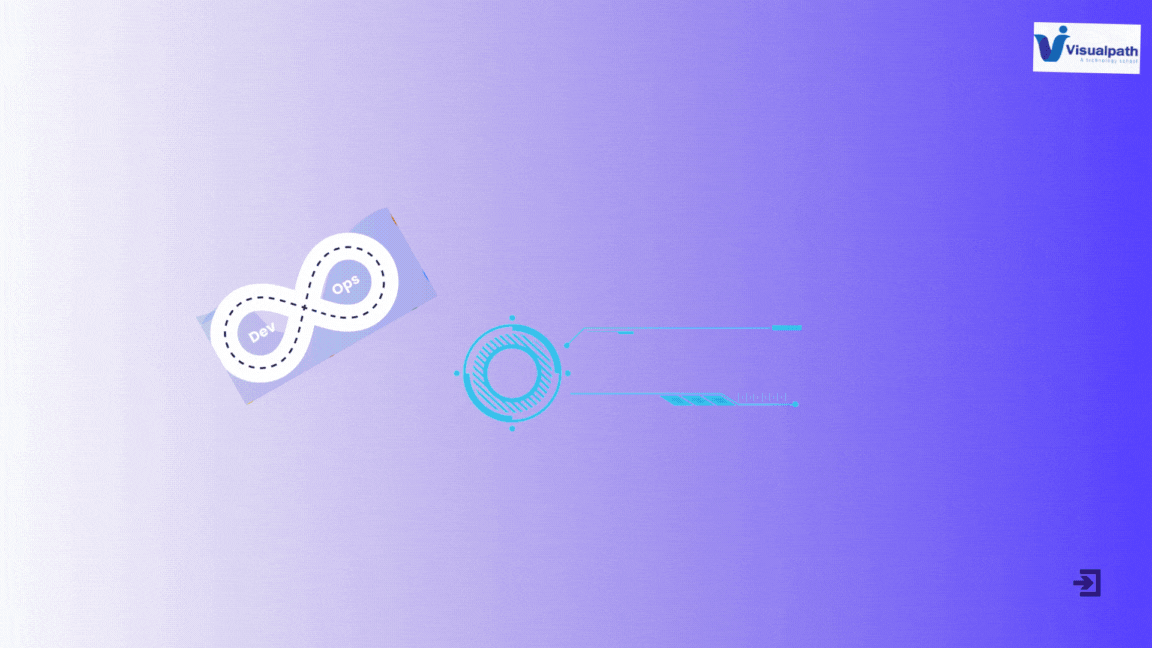Azure DevOps 101, Microsoft’s comprehensive DevOps platform, helps teams automate workflows, manage code, and deploy applications efficiently. One of its most powerful features is Continuous Integration and Continuous Deployment (CI/CD), which automates building, testing, and releasing software.
If you’re new to Azure DevOps, this guide will walk you through the basics of setting up a CI/CD pipeline to streamline your development process.
What is Azure DevOps?
Azure DevOps is a cloud-based platform:
- Azure Repos – Git repositories for source control
- Azure Pipelines – CI/CD automation
- Azure Boards – Agile project management
- Azure Test Plans – Testing and QA
- Azure Artifacts – Package management
For CI/CD, Azure Pipelines is the key component, allowing developers to automate builds, tests, and deployments across multiple environments.
Setting Up a Basic CI/CD Pipeline
1. Create a Project in Azure DevOps
- Sign in to Azure DevOps.
- Create a new project.
2. Connect Your Code Repository
Azure DevOps supports multiple repositories including GitHub, Azure Repos, and Bitbucket. Azure DevOps Training Online
- Import or push your code to a repository.
3. Create a Build Pipeline (CI)
- Navigate to Pipelines and create a new pipeline.
- Select your repository.
- Choose a template that matches your project type.
- The system will automatically suggest appropriate build steps based on your project structure.
4. Set Up a Release Pipeline (CD)
- Go to Releases and create a new pipeline.
- Select your build output as the artifact source.
- Define deployment stages such as development, staging, and production.
- Configure deployment tasks for your target environment.
5. Run & Monitor Your Pipeline
- Trigger the pipeline manually or through code commits.
- Monitor the execution in real-time and address any issues. Azure DevOps Course
Best Practices for Azure DevOps CI/CD
- Use Pipeline-as-Code – Maintain pipeline configurations in version control for better traceability.
- Implement Quality Gates – Enforce code reviews and automated testing before merges.
- Separate Deployment Stages – Isolate environments to prevent unstable releases.
- Automate Testing – Integrate various test types into your pipeline for quality assurance.
- Optimize Performance – Continuously monitor and refine pipeline efficiency.
Conclusion
Azure DevOps 101 provides a robust framework for implementing CI/CD, enabling teams to automate workflows and accelerate software delivery. By following the steps outlined above, you can establish an efficient pipeline that enhances collaboration and ensures reliable deployments.
Ready to take the next step? Explore advanced features like multi-stage pipelines and infrastructure-as-code to further optimize your DevOps processes.
Trending Courses: MLOps, GCP DevOps, and AWS DevOps




